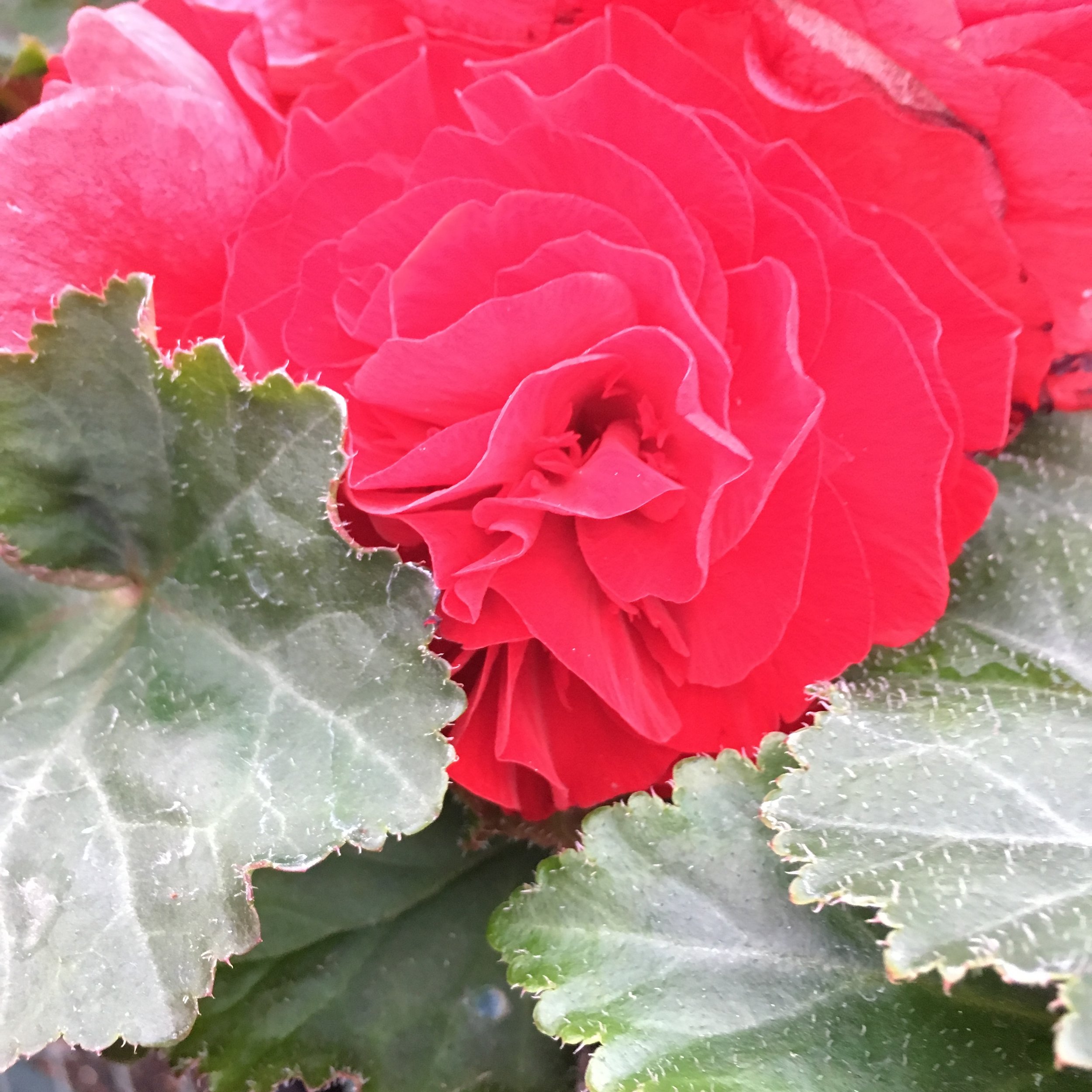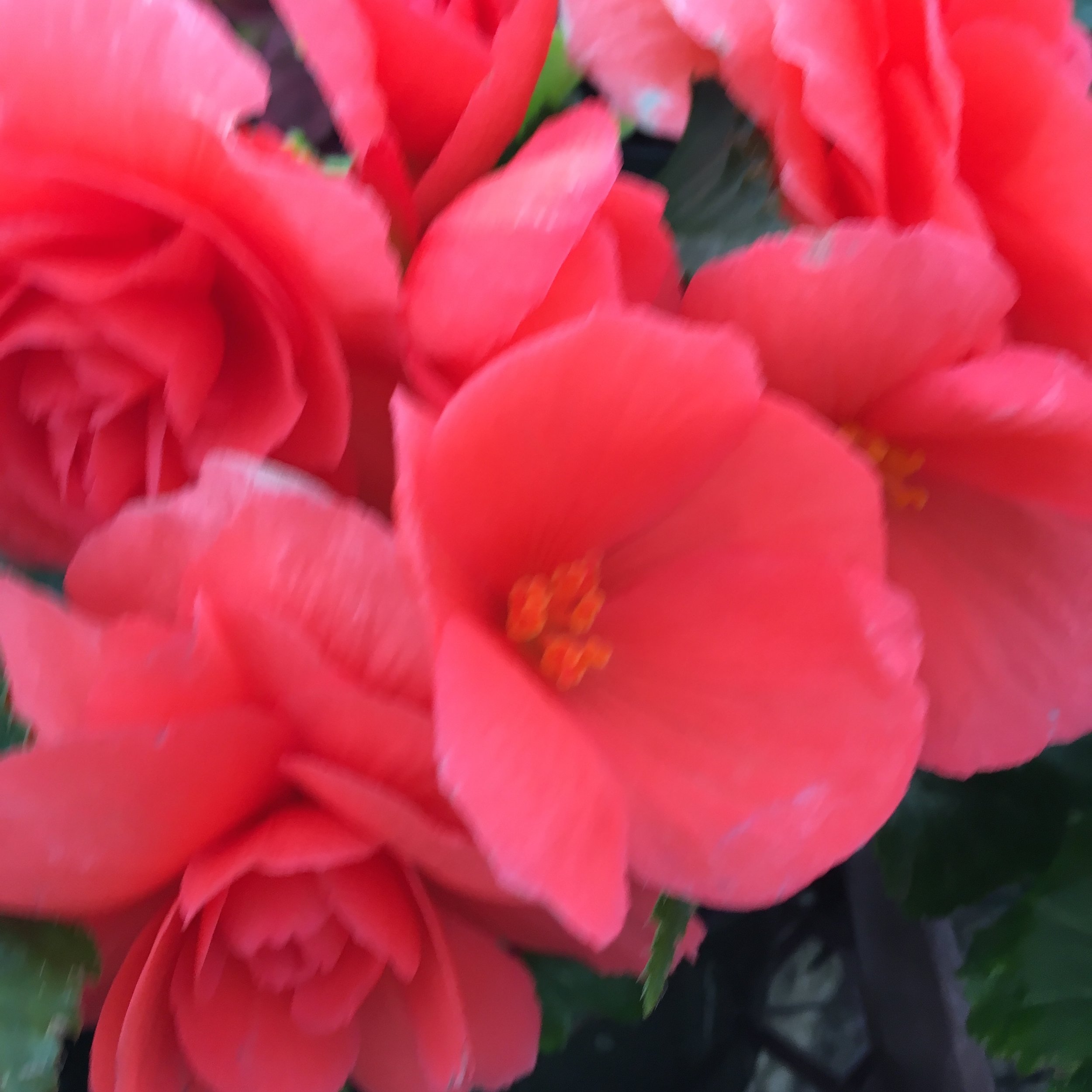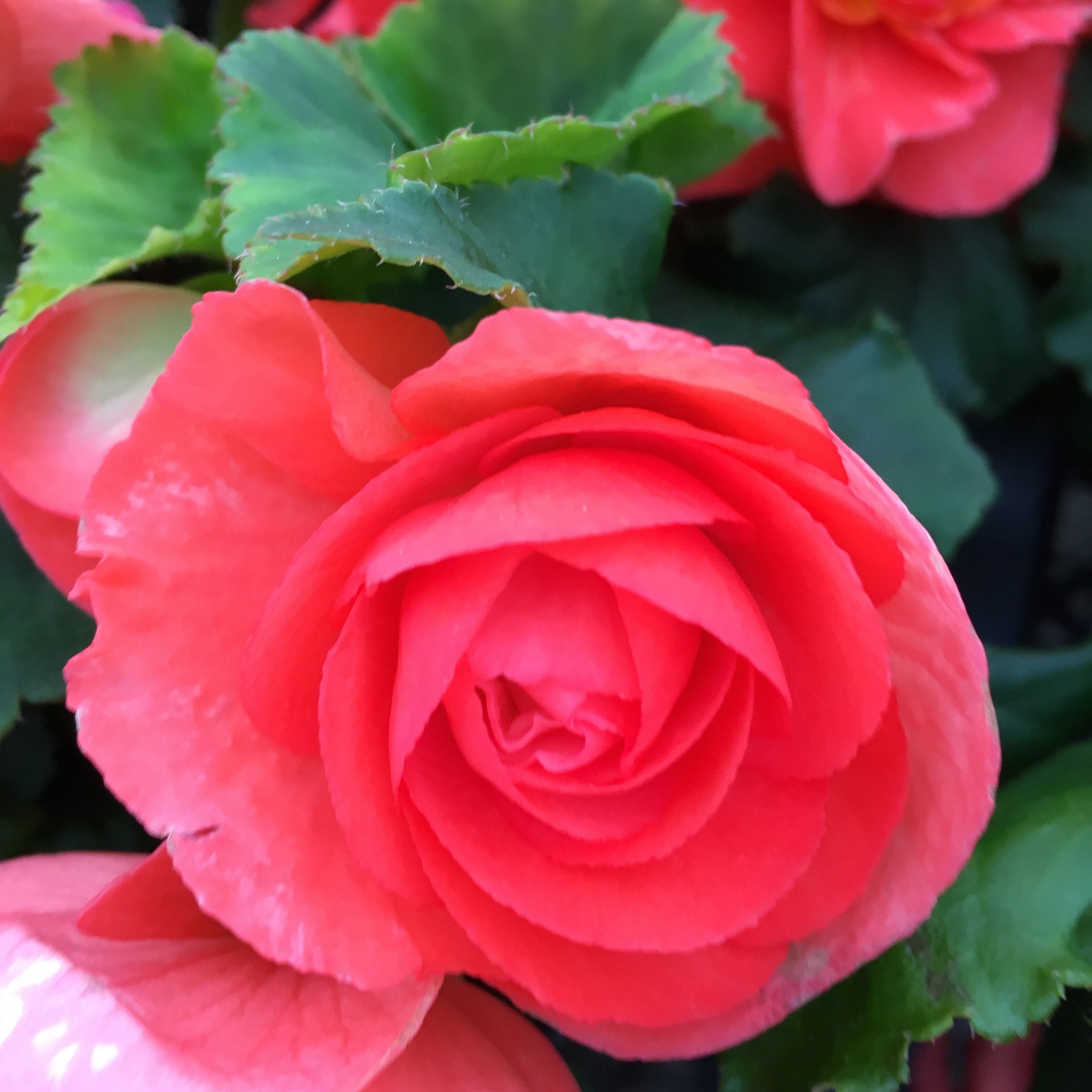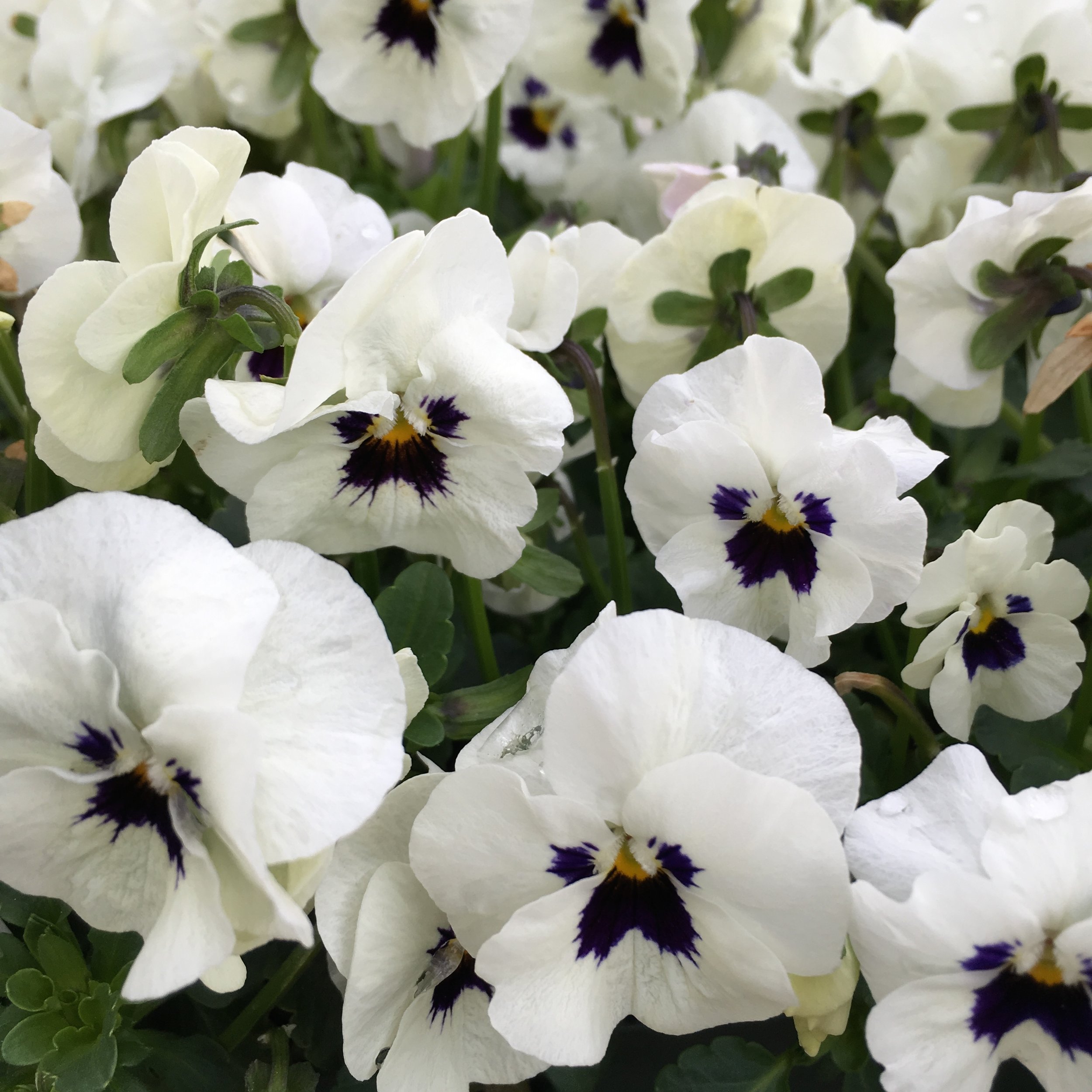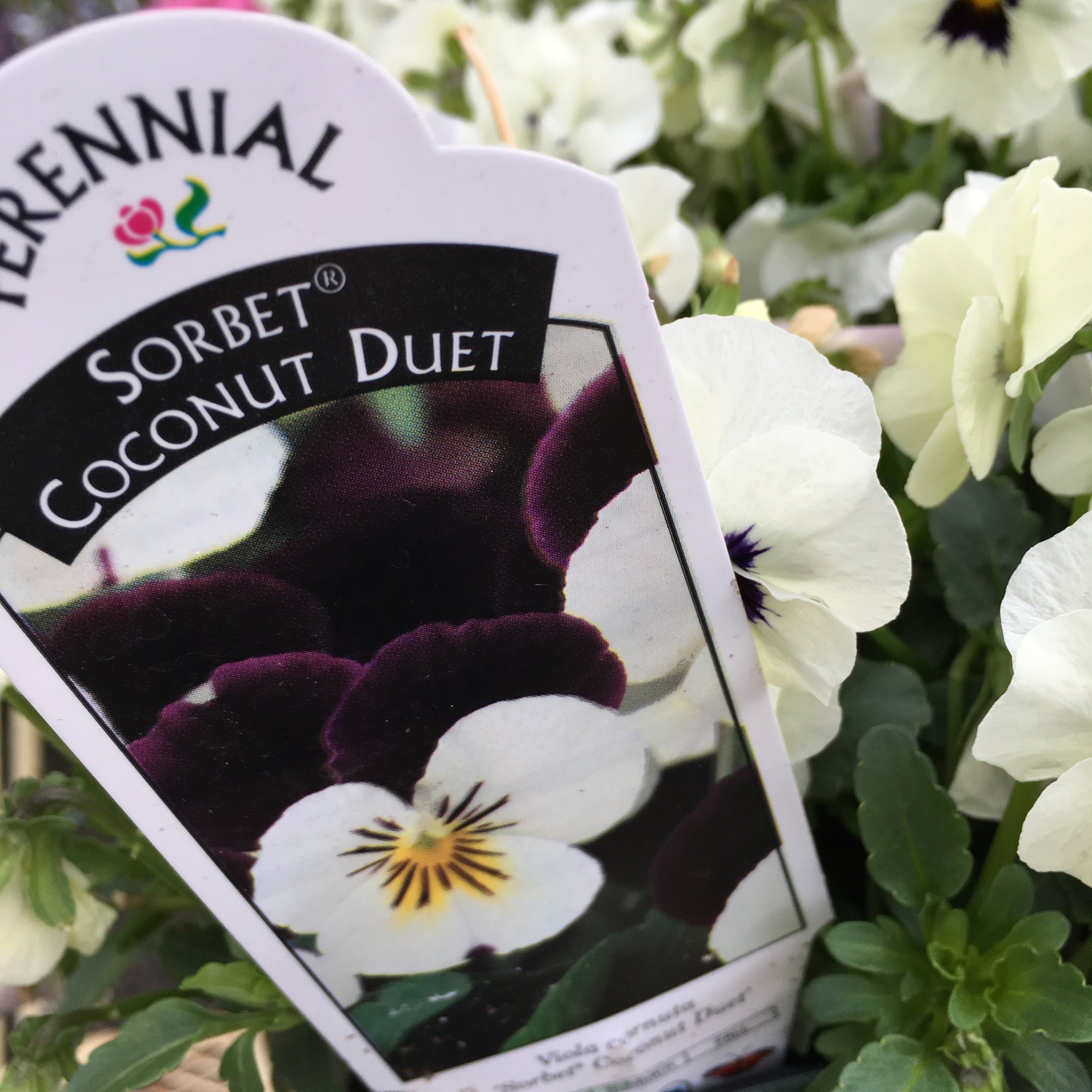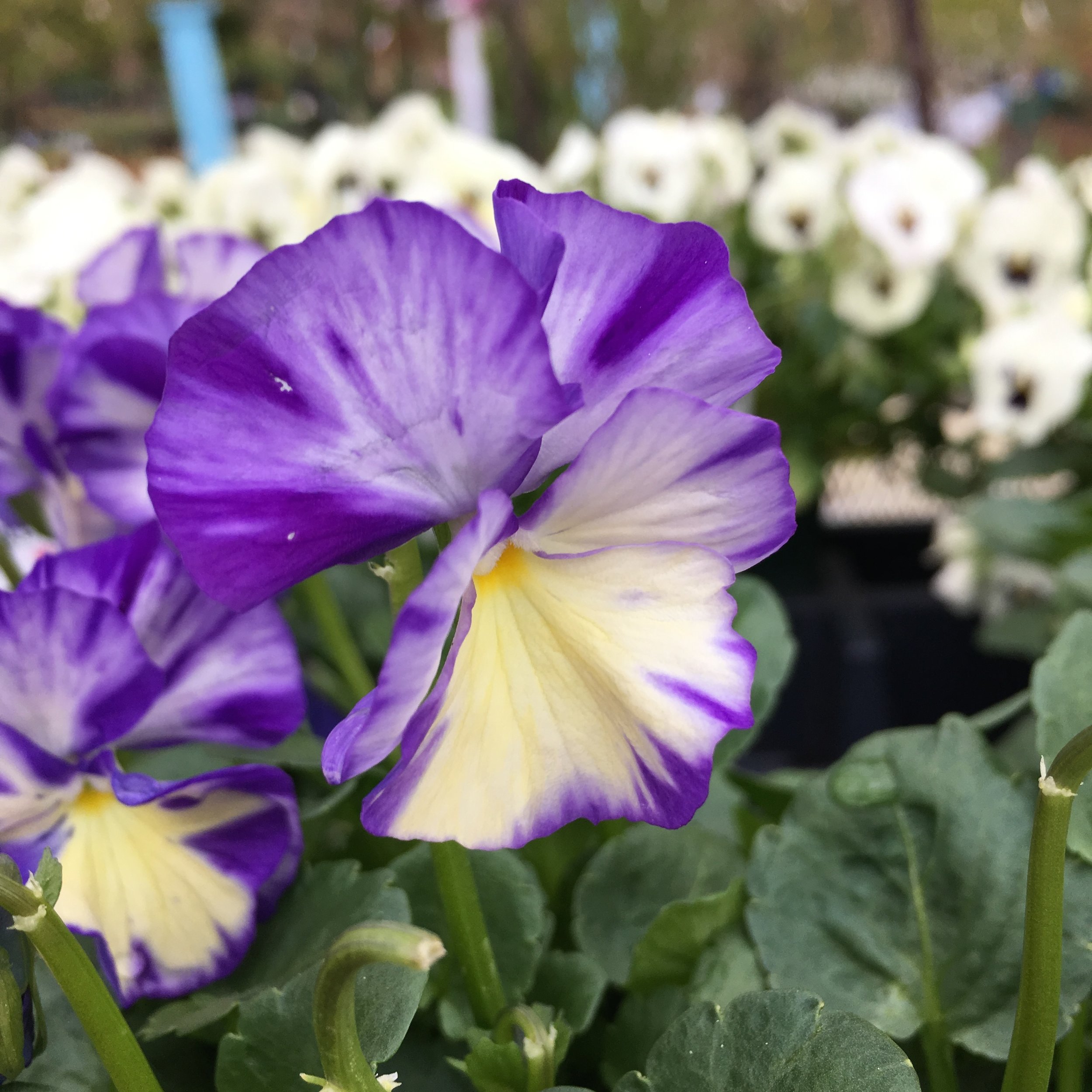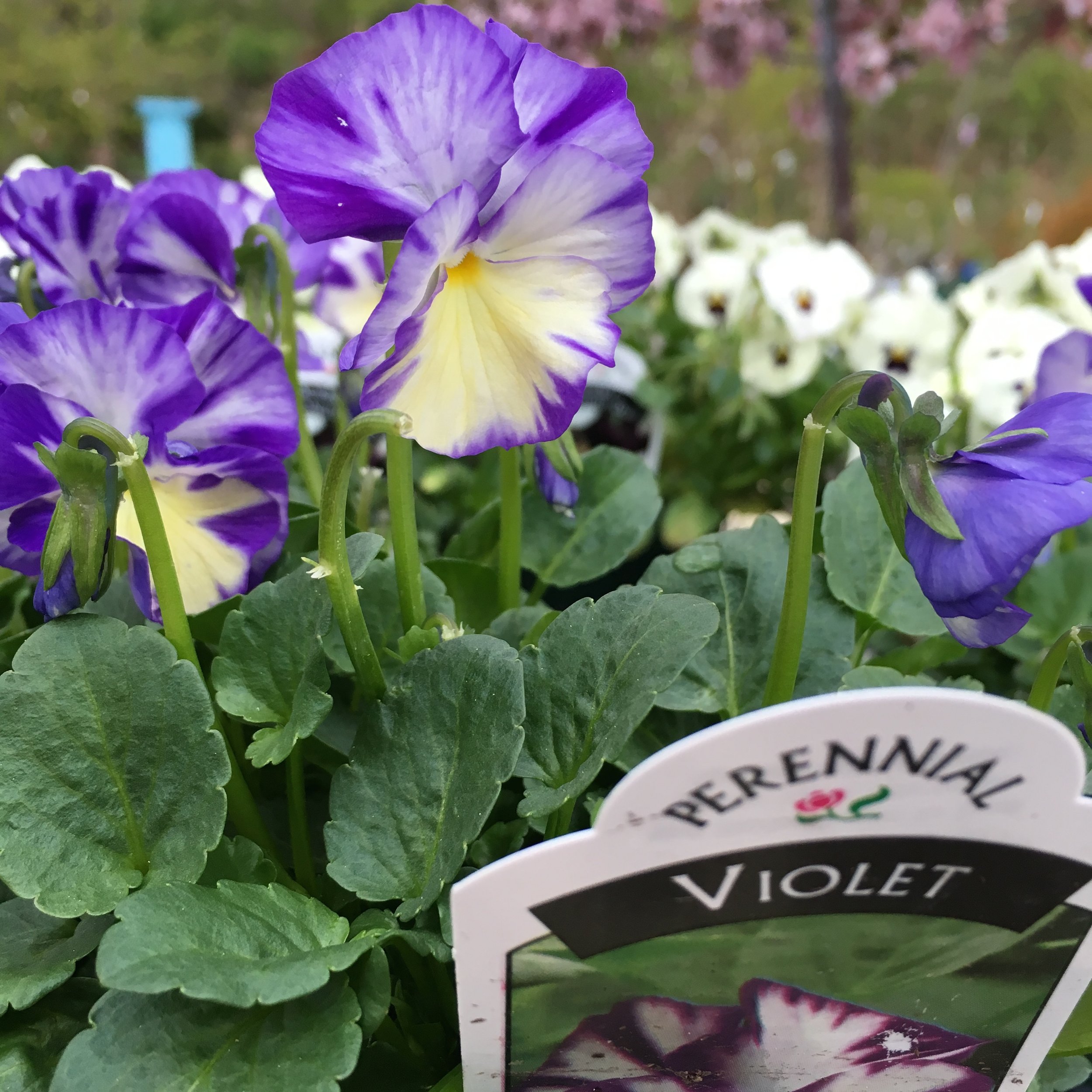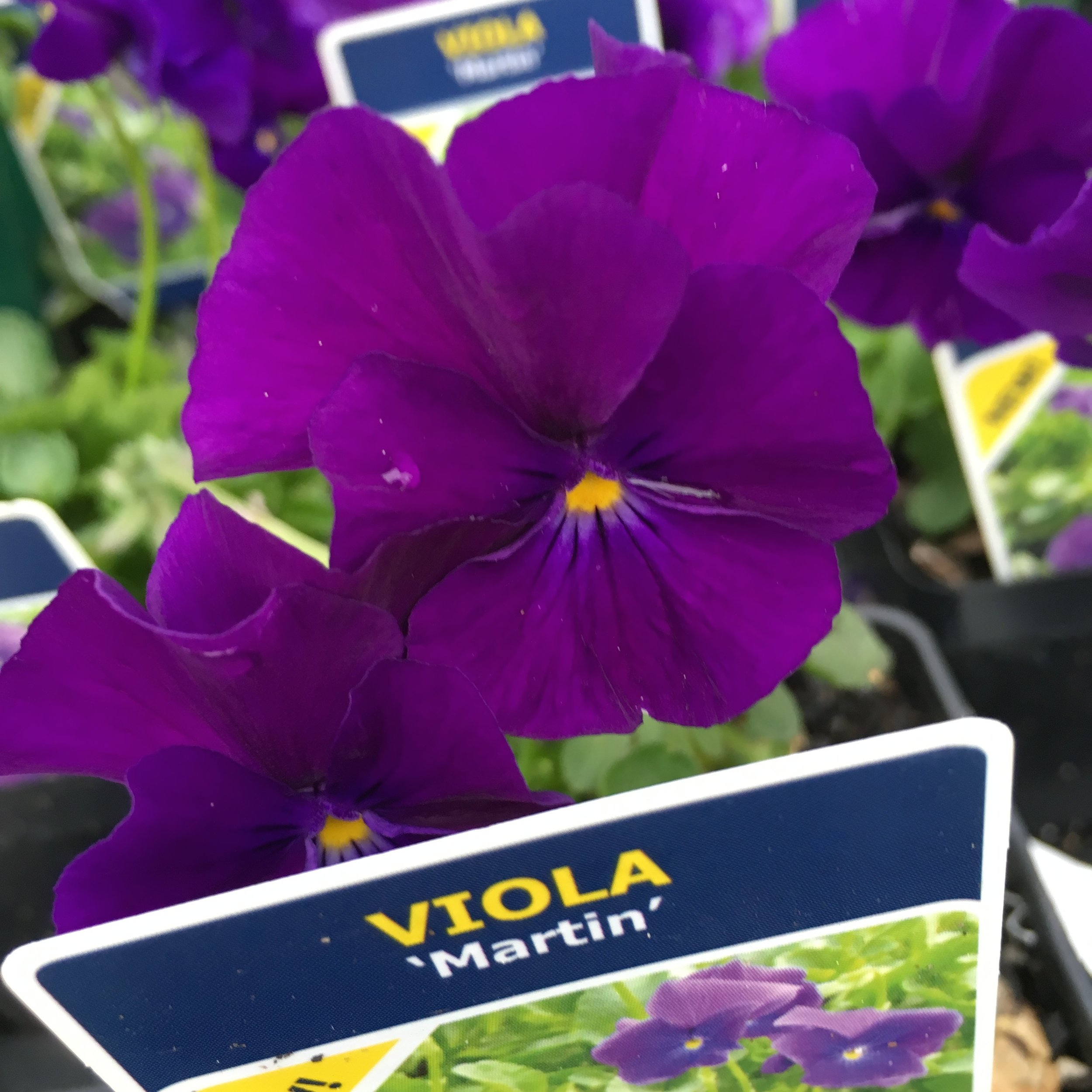Happy, Happy Herb Boxes
/Growing herbs, especially in easily accessible pots near your grill or kitchen door is one of the true luxuries of summer. Grabbing a fist full of fresh oregano or thyme to throw into a dish in progress will make you happy! But there are some unusual edibles we’d like you to consider this summer:
Corsica mint
Corsica mint is one of our favorites, because it is so so fragrant. When you pet the tiny, densely packed foliage, it releases a heavenly, minty fragrance. We recommend you plant a full pot of it near a lounge chair for relaxation and aromatherapy purposes, but it can also be planted in the ground as a steppable ground cover. Use it in iced tea or sprinkle the little leaves over fresh greens.
Another one of our favorites is French Sorrel. You need to harvest the leaves before the plant bolts (throws up its flowers) and you can harvest it multiple times through the season. The baby leaves add a lemony bite to fresh salads or a wonderful herb and aromatic to throw in with fish dishes, but French Sorrel soup is the best use of this leafy green!
French Sorrel
Chocolate mint can be used to infuse milk for homemade ice cream, but chocolate mint mojitos are also a crowd pleaser. Mints have a tendency to take over in the garden, so they are the perfect herb to keep in a container.
Chocolate mint
Cold hardy, perennial herbs—like mint, sage and thyme—can overwinter in pots outside, but more tender herbs—like rosemary—need to be brought inside in the fall or planted a new each spring. Pots of herbs perform best in full sun, but no fertilizers are needed. Most herbs thrive in lean soil and like to dry out in between watering. That said, they can perform just fine in a mixed container if you want to throw an herb in with blooming annuals.
Sage
Rosemary
Lovage
Golden Oregano
Variegated Oregano
Salad Burnet
Sweet Marjoram
We also love the idea of an all edible mixed pot. Here are a few edible flowering plants to brighten up your grill side herb boxes: violets, pansies, and violas. The small, delicate flowers can be used to decorate desserts or garnish any main dish. Nasturtium is a prolific annual with red, yellow and orange blossoms. The flower and the foliage are both pretty and peppery. They make a spicy addition to salads or fish dishes. The thick, juicy petals of Tuberous Begonia taste like lemon water. They can be tossed into salads or drinks for a colorful, tart crunch. You don’t see these commonly used, maybe because most people feel the flowers are too beautiful to eat!












